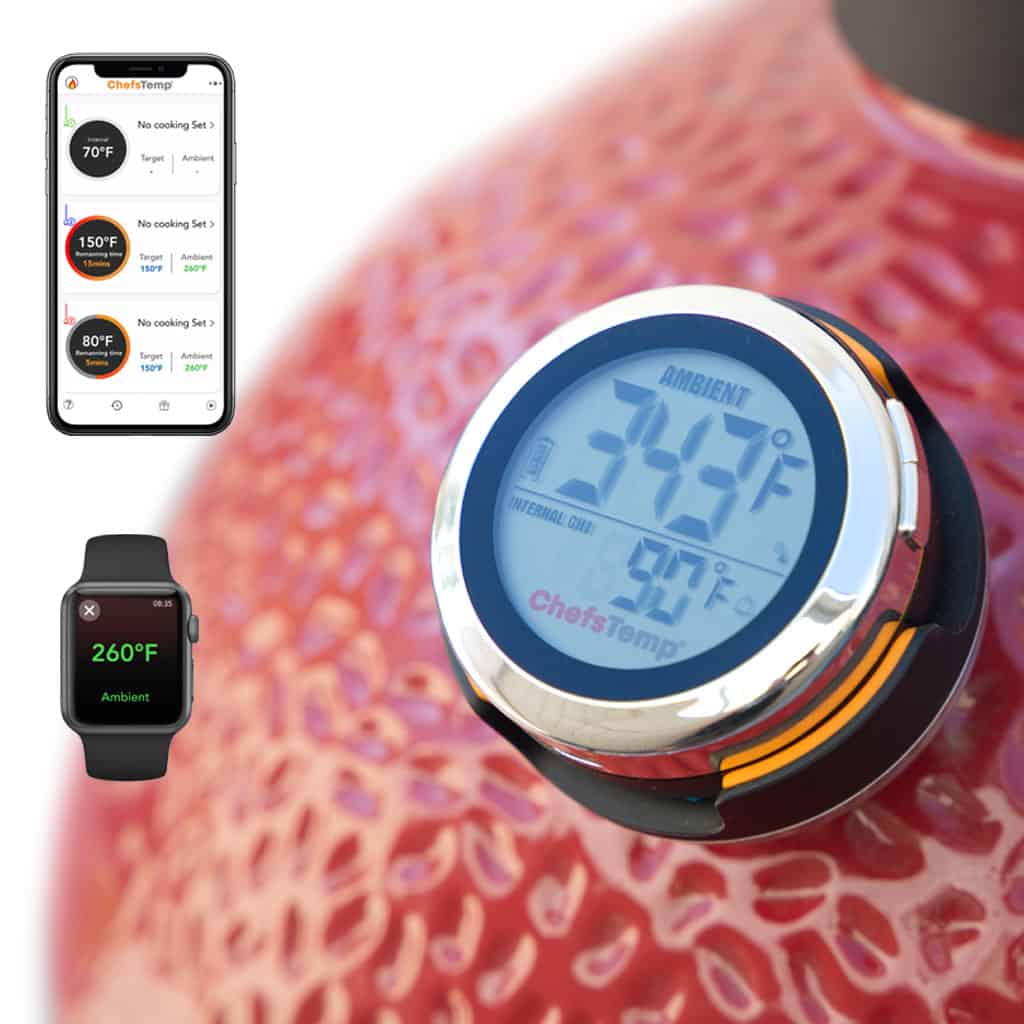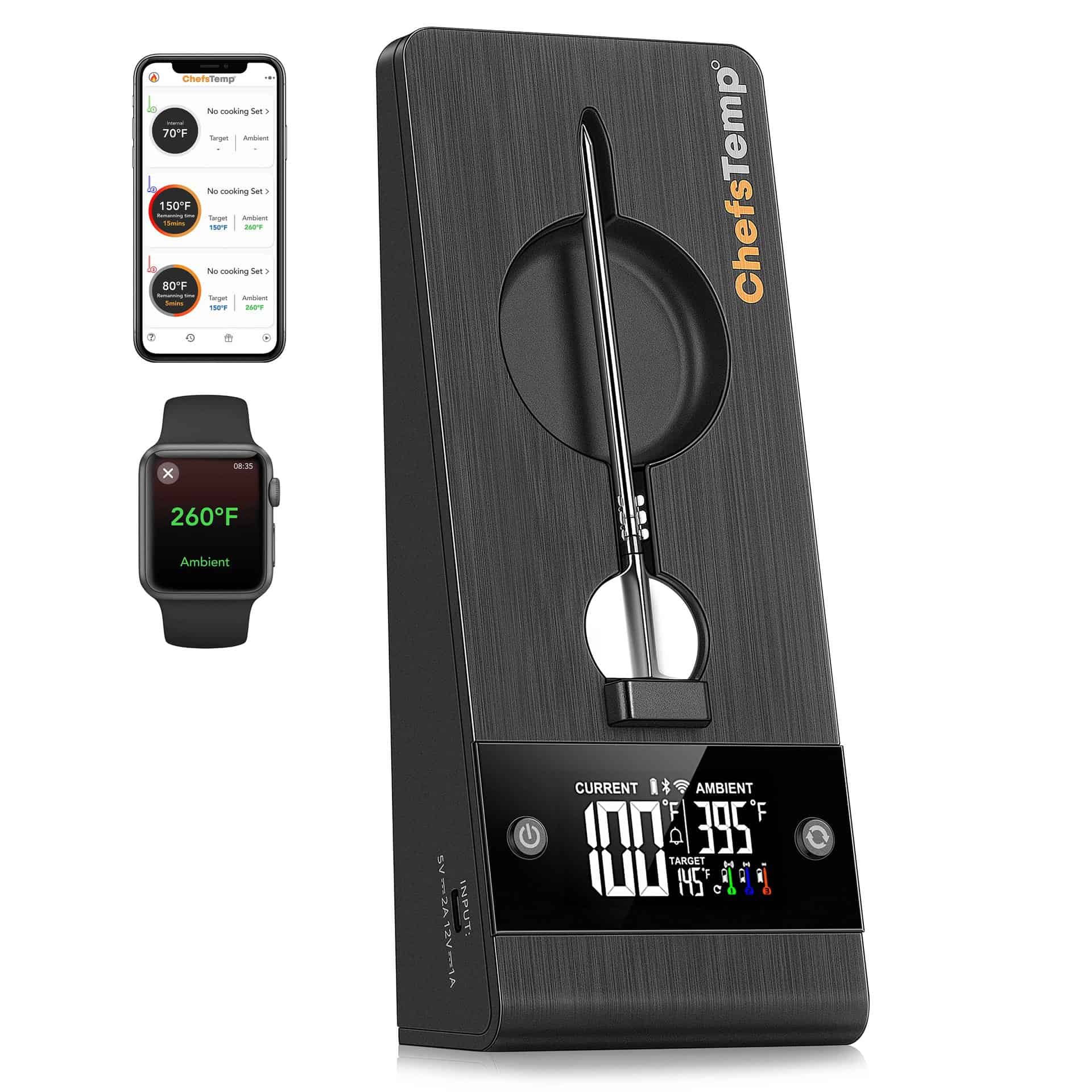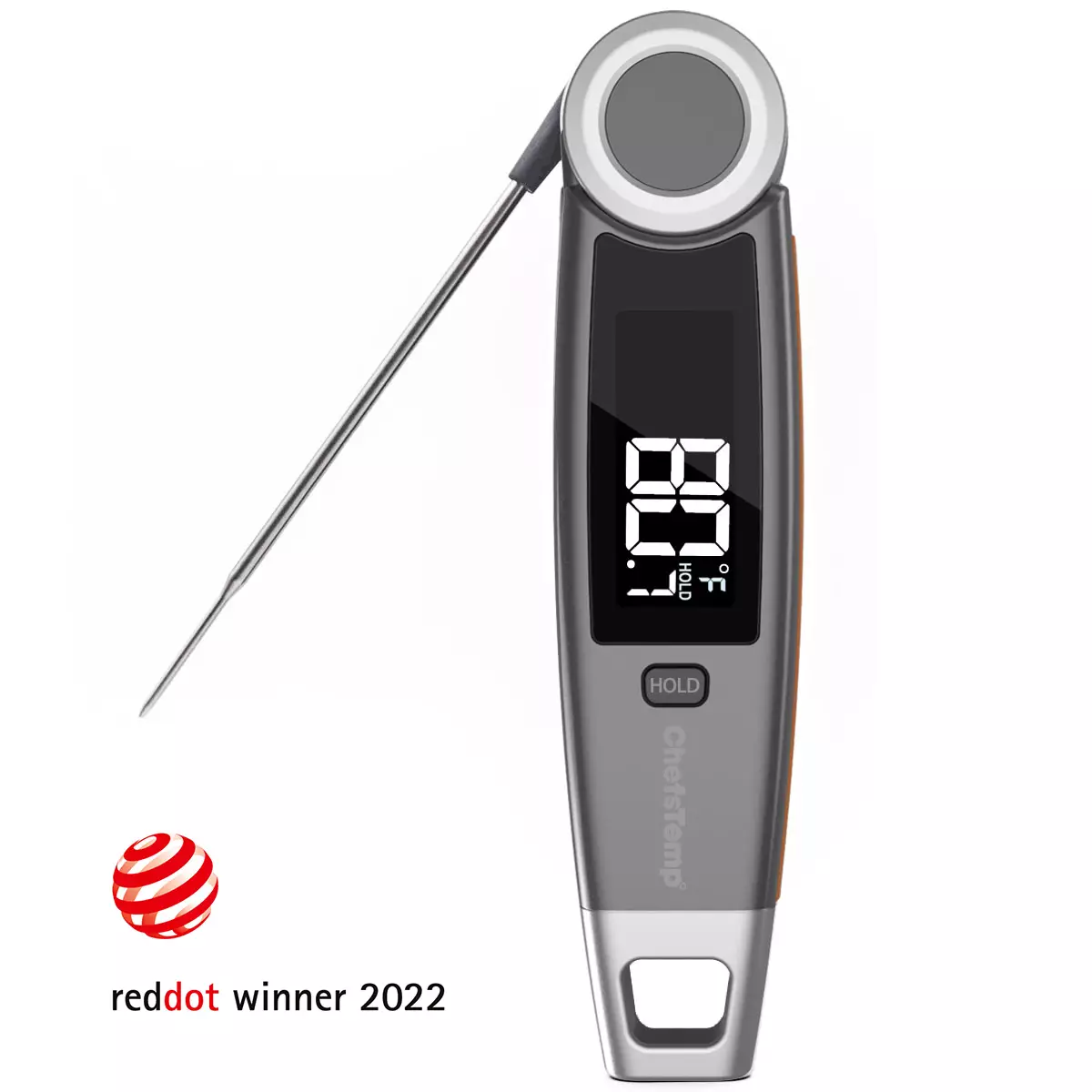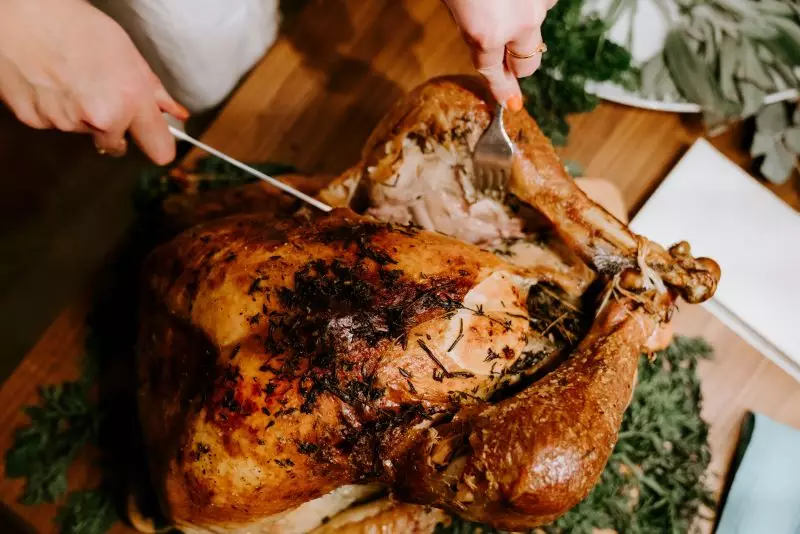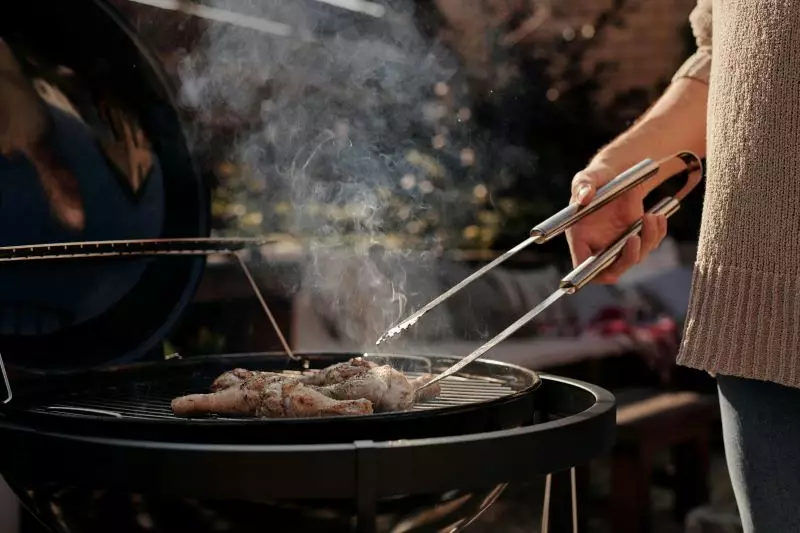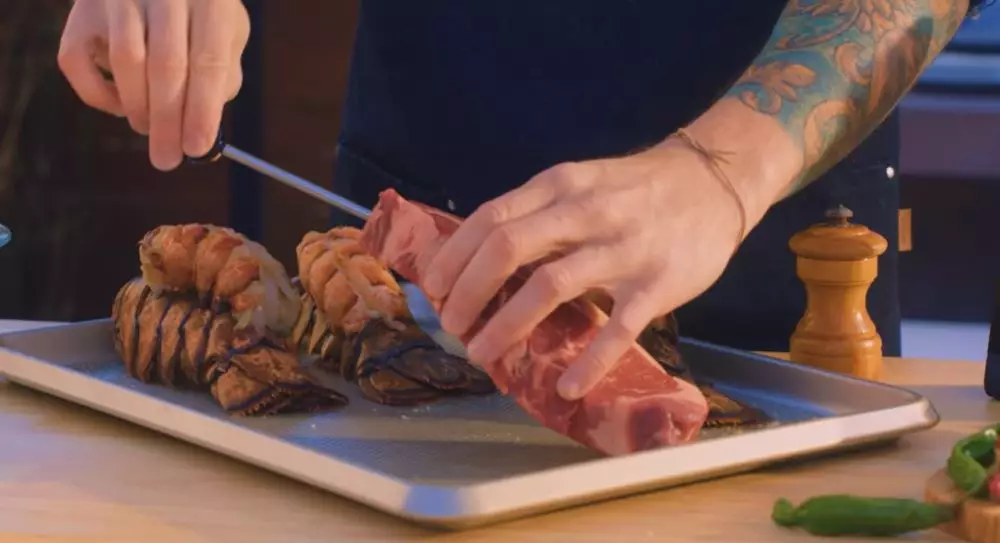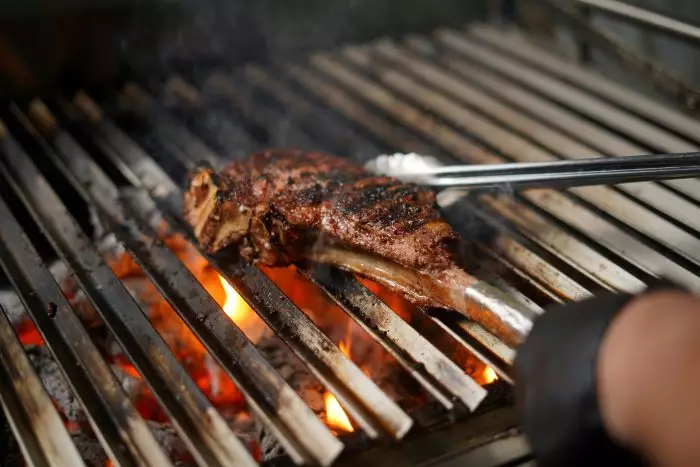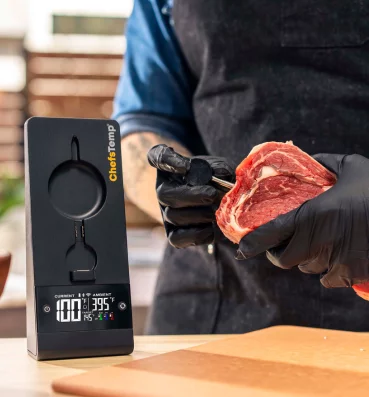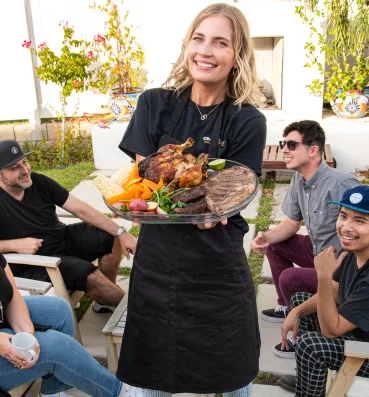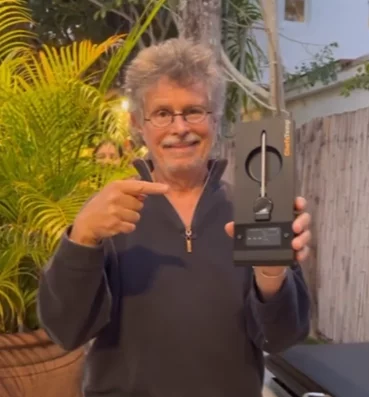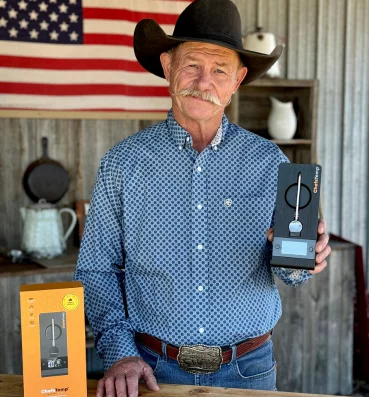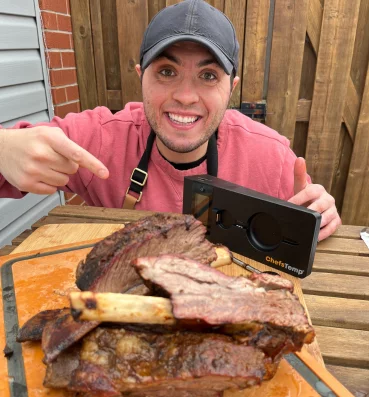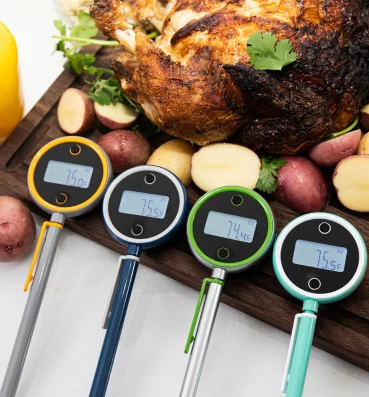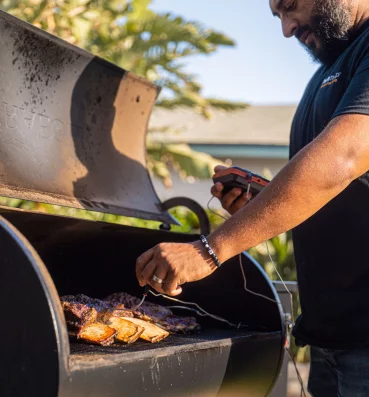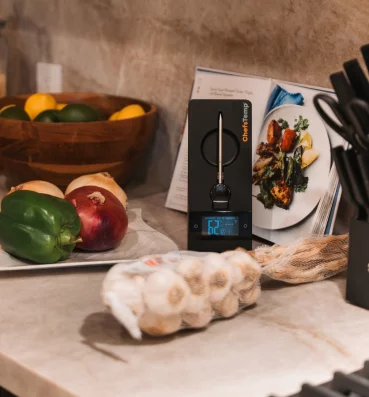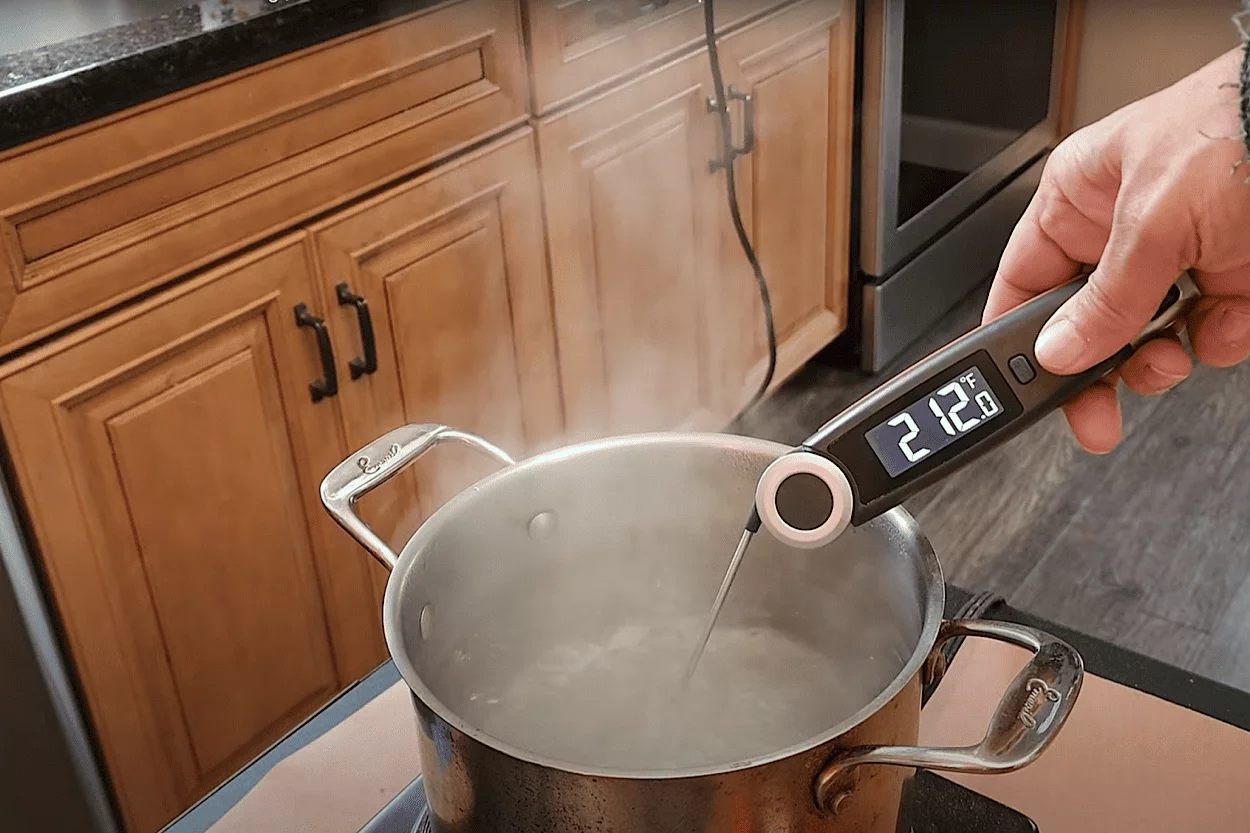
How to Calibrate a Thermometer
Thermometers are vital to food preparation. However, you can only enjoy the benefits of a thermometer if the tool is reliable. Knowing how to calibrate a thermometer is the best way to ensure that the tool accurately reads the food temperature. If this is your first time calibrating a thermometer, you will find out how to do it with the help of this guide.
Table of Contents
What Does it Mean to Calibrate Your Thermometer?
Table of Contents
Most kitchen appliances and tools deteriorate as they age and with repeated use. The same is valid with thermometers. They lose their accuracy after some time, especially since they are exposed to extreme temperature changes and moisture. So even if you take care of them, they will eventually lose their effectiveness and can be prone to inaccuracies.
Calibrating is when you reconfigure the settings of a thermometer to check it for accuracy. Even if you invest in a high-quality thermometer, it could degrade in quality and performance after continued use. Therefore, you must train food handlers and cooks to calibrate a thermometer to ensure food safety. However, the calibration process of each model or brand is unique as the manufacturer specifies the calibration process for each thermometer kit.
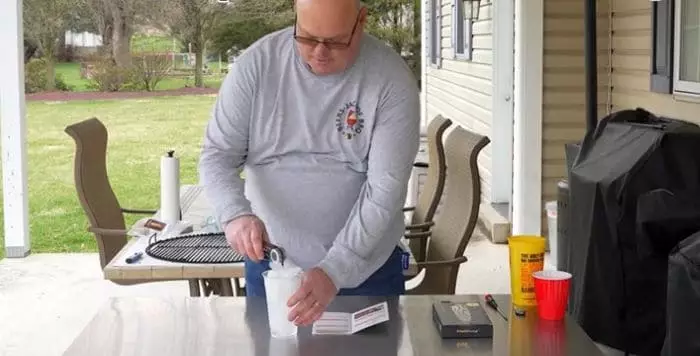
Testing Your Thermometer’s Accuracy
Before you calibrate a thermometer, you must test it for accuracy first.
The best way to test a thermometer is to check it against a substance with a fixed and known temperature. If your reading matches that temperature, you have an accurate thermometer. If not, it’s time to calibrate your thermometer.
While not all thermometers are 100 percent accurate, you should aim for an accuracy range of 2 F (1 C) degree or less. If the gap is bigger than that, it’s time to adjust your thermometer.
There is also a maximum number of times that you can calibrate your thermometer. After some time, you have to replace it with a new one. If you are a food business, you could be fined for using uncalibrated thermometers.
Each thermometer is different. Therefore, you should always refer to that product’s instruction label for properly calibrating it.
The following section will show you how to calibrate your thermometer according to its type.
How to Calibrate a Thermometer
Two methods for calibrating a food thermometer are the freezing point method and the boiling point method.
You can use these methods daily, weekly, or as often as you think you need them.
Freezing Point Method
The Freezing Point or Ice Point method is one of the techniques available to calibrate a thermometer. This process is ideal for checking the accuracy of a thermometer in measuring low temperatures.
To do this calibration method, follow these steps:
- Take a glass that is tall enough to fit the thermometer probe. Fill it about halfway with crushed ice.
- Add water to the glass filled with ice and stir it to let the water cool.
- Submerge the thermometer probe into the iced water. Make sure to avoid touching the bottom of the glass with the probe. Leave it there for at least 30 seconds to enable the reading to stabilize. The temperature reading should be 32 F (0 C). If not, adjust the nut on your thermometer until you get the correct reading.
- Repeat the entire process using the calibrated thermometer. Do it two to three times, and make sure to wash the thermometer between each reading. Your goal is to get the exact reading for all attempts.
If, after you calibrate the thermometer and get a significant temperature reading gap for each try, it’s time to get yourself a new thermometer.
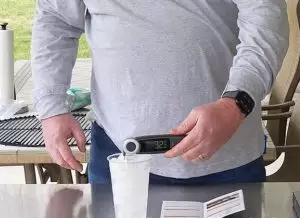
Boiling Point Method
The Boiling Point or Boiling Water method is a calibration technique for measuring the accuracy of your thermometer in reading high temperatures. Here are the steps for this calibration method:
- Take a glass beaker or a deep pan. Fill it with water and place over medium heat.
- Wait for the water to boil, and place the thermometer into the boiling water.
- Wait for 30 seconds for it to show the temperature. Ensure the thermometer does not touch the bottom or sides of the pan.
- The temperature reading should register as 212 F (100 C). If not, adjust the nut on the thermometer and test it again.
- The thermometer should register the boiling temperature. Try it two to three times to make sure you have consistent readings. Take time to wash the thermometer between each reading.
Always use soft or distilled water when calibrating the thermometer, whether using the freezing or boiling point method. Hard water impurities can influence the temperature reading, resulting in inaccurate readings on your thermometer.
You can also use a reference thermometer to compare the calibrated one for accuracy. Even digital thermometers can use freezing and boiling point calibration methods. However, you can find digital models with a calibration reset button, whereas analog thermometers don’t.
If you are using digital thermometers, it’s also a good idea to check the batteries often to see if they need to be replaced. Weak batteries can produce inaccurate temperature readings.
What is the Ideal Frequency for Calibrating a Thermometer?
A calibrated thermometer guarantees that you can maintain the quality and safety of the food when cooking. Therefore, you must often calibrate if you want an accurate tool in the kitchen.
There are no definite rules on how often you should calibrate a thermometer. It depends on the type of thermometer and how often you use it. To help you decide if it’s time to calibrate, here are some pointers to consider:
- Bimetal thermometers require more frequent calibration than other thermometer types.
- Digital thermometers should be calibrated weekly or monthly.
- Calibrate a thermometer after dropping it.
- Calibrate a thermometer whenever you need to and test it against various temperature settings.
Food safety is a top priority in the kitchen. When you depend on your thermometer to ensure that your food is in the best condition, calibrate it regularly.
Discover Other ChefsTemp Products
Discover more recipes and learn kitchen tricks by joining our cooking family on Facebook.
You may also like:
